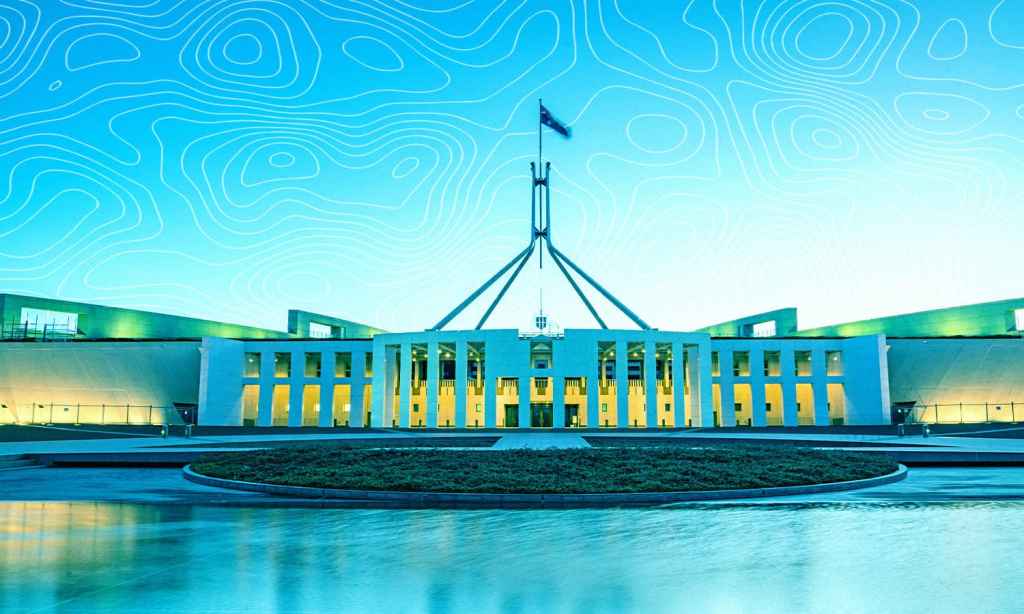Independents may be nothing new to Australian politics, but as the 2022 federal election looms, a new breed of united individuals with major financial backing now pose a major threat to once-safe seats of the major parties.
Informally, they’re known as the Climate 200 independents, a group of around 20 political candidates campaigning on three core issues: climate action, government accountability and advancing gender equality, all backed by the funding organisation Climate 200.
Created by and for “Australians who were frustrated by vested interests wrecking the country’s future,” Climate 200 was established in the lead up to the 2019 election and offers funding support from major, minor and one-off donors to independent candidates in a bid to level the heavily stacked political playing field, Executive Director Byron Fay tells The Latch.
“Standing as an independent is difficult — there’s no access to major-party slush funds and vested interest donations, candidates have to leave their jobs to run and they also need to assemble all the support that major parties already have,” Fay says.
What sets Climate 200 apart from other organisations, though, is that after a vetting process to ensure values and priorities align and a viable path to victory for a candidate, its funding is released with no strings attached and no post-election demands.
“Independent candidates are exactly as the name implies: independent. We do our assessment upfront. If we like what the candidate is saying about climate change, integrity, and gender equity, then we support them,” he says.
“There are no strings attached to any support we offer. Candidates are truly independent and make all of their own decisions. They speak and act for themselves.”
During a recent National Press Club address, co-founder and entrepreneur Simon Holmes à Court explained the decision to fund independent campaigns, saying, “While a party MP is answerable to their faction, their party, their donors and their branch before they can attend to their constituents, a community-backed independent is answerable just to their community — no more, no less.”
So, with climate action front of mind, why aren’t the candidates running for the Greens? The answer comes down to two main factors: background and location.
When it comes to background, many of the Climate 200-endorsed candidates are actually former Liberal Party members or voters that have become disillusioned with the party’s trajectory and inaction on major issues.
For Allegra Spender, whose father and grandfather served as Liberal MPs at a federal level, the choice to run as an independent in Malcolm Turnbull’s former seat of Wentworth came down to the fact that “today’s Liberal Party is not the same party of my father and my grandfather.”
On location alone, almost all independent candidates can be found in affluent suburbs where the Greens Party vote tends to be historically low.
According to Professor Ian McAllister of the Australian National University, independents “tend to show up where there’s been an unpopular major representative of the party, that’s where high-profile independents can come along and really challenge them.”
In the instance of Climate 200 backed independents, this observation rings true with candidates proving to be what Fay calls community leaders who are “accountable only to their communities.”
In the seat of North Sydney, Trent Zimmerman is running against Kylea Tink, a former Camp Quality and McGrath Foundation CEO. In Victoria, Tim Wilson is facing off against former ABC reporter Zoe Daniel in Goldstein, and Treasurer Josh Frydenberg is battling Dr Monique Ryan, a Director of Neurology at the Royal Children’s Hospital in Kooyong.
While unseating high profile MPs from historically safe seats might seem impossible, Climate 200’s strategy has proved to be a winning one. In 2019, their support saw independent Zali Steggall claim victory over former Prime Minister Tony Abbott in the seat of Warringah, an outcome few in the Coalition saw coming.
According to McAllister, though, the challenges faced by independent candidates making it across the finish line and into the House of Representatives are very real.
“The institutional barriers that independent candidates face are really quite considerable, which is why you don’t see many in the lower house. They tend to be much more likely to appear in the upper house, where there are a lot more minor parties as well.”
McAllister also notes that the election of independents is often less about their platform and more about sending a message to the government of the day.
“Typically the people who will vote for an independent are voting less on policy and more as a protest against the major parties; that’s always been the pattern,” McAllister says, adding, “people want integrity and trust, and they don’t see it in the current crop of leaders.”
Read more stories from The Latch and subscribe to our email newsletter.







